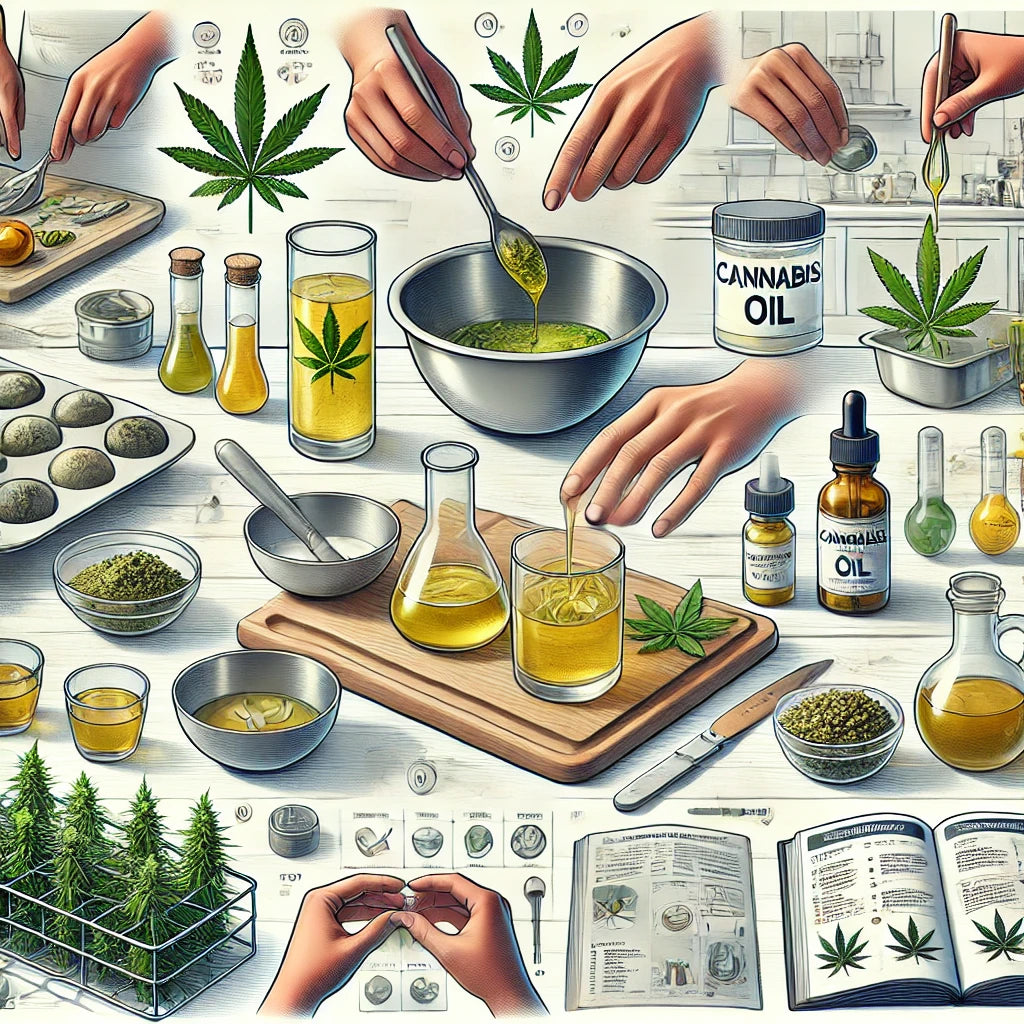The Cannabis Plant is “Discovered”
The cannabis plant has a long and complicated history, being both honored in herbal medicine and religious ceremonies — and outlawed as an illegal substance. This three-part series explores the lows and highs of the long journey toward cannabis legalization in Canada.
NEOLITHIC PERIOD (ABOUT 10,000 BCE)
Cannabis and Hemp Grow Organically
Cannabis is indigenous to central and southern Asia, where hemp (a similar plant with less THC) is cultivated for fiber and food.
2000 BCE
Cannabis Is Used for Medicine and Recreation in Central Asia and China.
In central Asia and China, cannabis is used as herbal medicine and to make paper and cloth. Almost 1,300 years later (around 700 BCE), the Scythians (Iranian nomads in central Asia) use cannabis recreationally, inhaling the smoke from smouldering seeds and flowers to produce a high.
79 CE
Roman Texts Cite Cannabis as Cure for Illnesses and Ailments.
Pliny the Elder, a Roman scientist and historian, writes, “The roots boiled in water ease cramped joints, gout too and similar violent pain.” By 800 CE, hashish (cannabis resin) was widely used in religious ceremonies throughout India, the Middle East, and Asia.
1606
Cannabis Introduced to North American Settlers, Used for Textiles and Rope.
European colonists transported the cannabis plant across the ocean to the Americas. In Europe and Canada, hemp is grown for textiles and rope and is a solid material for making sails; the seeds are used for food and oil.
1801
Lieutenant Governor of Upper Canada Distributes Hemp Seeds to Farmers.
While the first hemp crop in Canada was planted in Port Royal (now Nova Scotia) in 1606 (by an apothecary accompanying French colonist Samuel de Champlain). The Canadian government began promoting hemp by distributing seeds to farmers to stimulate the industry.
THE 1830S TO 1900S
Cannabis Medicines Inundate Apothecaries and Doctors’ Offices in Europe, the U.S., and Canada.
About 2,000 cannabis liquid extracts and resins are commonly sold in pharmacies and prescribed by doctors’ offices in Europe, the U.S., and Canada. Some unregulated medications are dangerous and sport outrageous claims, such as offering protection against cholera and treating rabies.
In 1833, William Brooke O’Shaughnessy, an Irish doctor working in India, touts cannabis as a helpful sedative and an anti-convulsive that reduces rheumatoid pain and treats nausea.
Important Notice: Content on this website is intended strictly for informational purposes. Ashario does not promote any product or represent that the products mentioned on Ashario's website are treatments for any kind of medical condition. Ashario cannot guarantee that information provided is error-free or complete and is not responsible for the quality of the information provided by users. Ashario does not endorse any user-reported information, any particular strain, product, producer, organization, treatment, or therapy.








